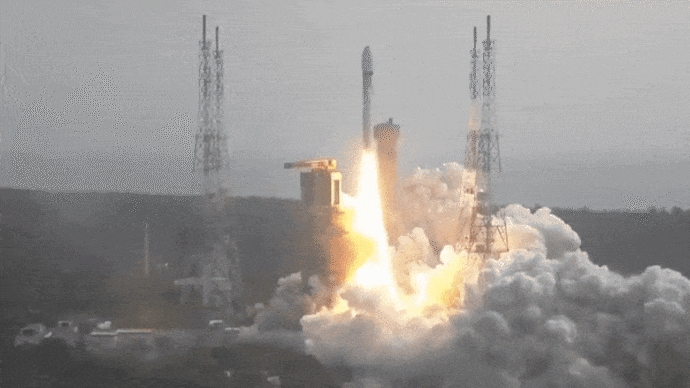Chandrayaan-3 would have crashed into a satellite. How Isro saved it
It was all about precision and proactive space management that Isro averted the potential collision between Chandrayaan-3 and space debris.

In Short
- Isro has revealed how they saved the mission even before it lifted-off
- Isro in its latest report said that it conducted 23 collision avoidance manoeuvres
- It was all about precision and proactive space management
Chandrayaan-3, India's historic mission that landed on the Moon, would have been lost in space even before it reached the Moon.
The Indian Space Research Organisation (Isro) has revealed how they saved the mission even before it lifted-off from the Satish Dhawan Space Centre at Sriharikota in July 2023.
It was all about precision and proactive space management that Isro averted the potential collision between Chandrayaan-3 and space debris.
WHAT HAPPENED?
Chandrayaan-3, part of India's ambitious lunar exploration program, was scheduled for launch on July 14, 2023. However, just moments before its planned liftoff, ISRO's meticulous monitoring systems detected a potential risk.
A piece of space debris was identified on a trajectory that could have intersected with Chandrayaan-3’s path during its crucial initial orbital phase. The debris, remnants of previous space missions, posed a significant threat due to the high velocities at which objects travel in space.
Acting swiftly on this detection, Isro's mission control team decided to delay the launch by a mere four seconds.
While seemingly brief, these seconds were pivotal in adjusting the spacecraft's trajectory just enough to avoid a disastrous collision. This decision was based on detailed Collision Avoidance Analysis (COLA) as part of ISRO's standard Launch Clearance Protocol.
The successful adjustment ensured that Chandrayaan-3 could proceed on its journey to the Moon without the looming threat of collision. This incident not only demonstrate the challenges posed by space debris but also showcases ISRO's capabilities in navigating these challenges.
Through its Space Situational Assessment Report (ISSAR) for 2023, ISRO has revealed its adeptness in employing advanced technologies and strategic planning to maintain the safety of its space assets.
Isro in its latest report revealed that it conducted 23 collision avoidance manoeuvres to safeguard satellites. However, no specific interventions were necessary for high-profile missions like Chandrayaan-3 and Aditya-L1 once they were in space.